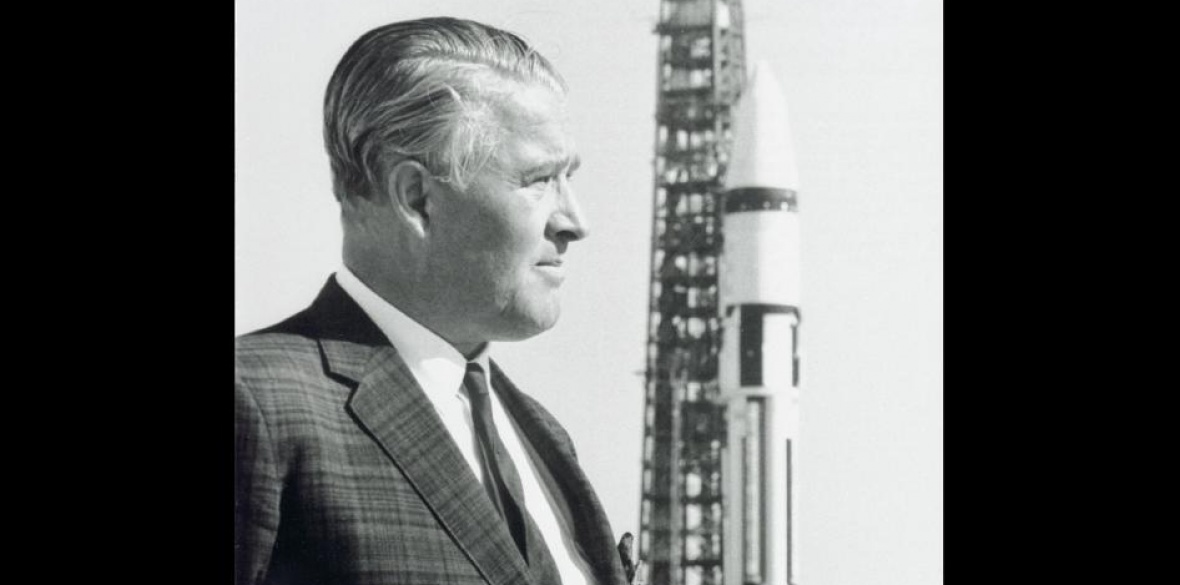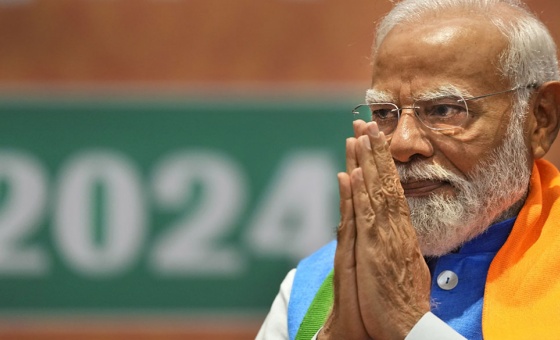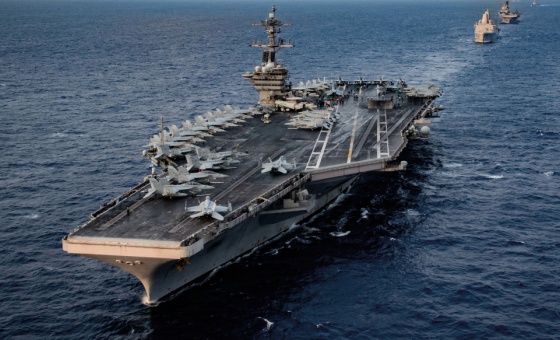This is the last article you can read this month
You can read more article this month
You can read more articles this month
Sorry your limit is up for this month
Reset on:
Please help support the Morning Star by subscribing here
THE hyperbole and wall-to-wall media coverage of the moon landing and safe return of three US astronauts 50 years ago fails to tell the real story about the motivation of and purpose of the Kennedy promise to land a human on Earth’s satellite.
In reality it was about trying to restore macho pride in a nation that had suffered the humiliation of being outstripped by the Soviet Union in space technology, the 1961 Bay of Pigs invasion of Cuba defeat, the Korean and Vietnam war debacles, and the demands of the US military-industrial complex to test potential military hardware.
Kennedy also needed to secure a second-term presidency and domestically had to win black voters who were engaged in civil rights demonstrations exposing the hypocrisy of US claims to be leaders of the free world.
On October 4 1957, the Soviet Union launched Sputnik 1 as the first artificial satellite to orbit the Earth. This shocked the US which had convinced itself that Communist Russia was backward technologically and economically inferior.
This unexpected event was a source of pride to the Soviets and shock to the US.
Also, the steady beeping of the radio signal aboard Sputnik 1 as it passed overhead every 96 minutes was widely viewed as effective propaganda to independence movements in colonial countries, demonstrating the technological superiority of the Soviet political system compared with that of the US. This perception was reinforced by a string of subsequent Soviet space achievements.
In 1959, the R-7 rocket was used to launch the first escape from Earth’s gravity into a solar orbit, the first crash impact onto the surface of the moon, and the first photography of the never before seen far side of the moon. These were the Luna 1, Luna 2 and Luna 3 spacecraft.
It’s also worth remembering that the US used nazi Wernher von Braun, who was the leading figure in the development of rocket technology in nazi Germany.
He helped to design and develop the V2 rocket during WWII which devastated London.
Following the war, he was secretly moved to the United States, along with about 1,600 other German scientists, engineers and technicians, as part of Operation Paperclip, instead of standing trial for his willing use of slave labour.
He was set to work on an intermediate-range ballistic missile (IRBM) programme, and developed the rockets that launched the United States’ first space satellite Explorer 1.
His group was assimilated into Nasa where he became the chief architect of the Saturn V rocket that propelled the Apollo spacecraft to the moon.
The Saturn V was a prototype IRBM that provided the military with vital data in the future nuclear arms race.
But the Soviets were outstripping the US in space exploration, causing anxiety about the propaganda value to the leading socialist country and tempting post-colonial countries to adopt communist ideology.
Laika became the first animal to travel into space in November 1957. On August 19 1960, the Soviets launched a pair of female dogs, Belka and Strelka, into orbit aboard a new spacecraft called Vostok.
In 1961 the Soviet Union scored another milestone in the space race when cosmonaut Yuri Gagarin became the first person to orbit the Earth.
In 1963, Valentina Tereshkova lifted off in Vostok 6 for three days of Earth orbits to become the first woman in space.
During her spaceflight, Tereshkova performed experiments that tested the effects of weightlessness on the female body and also took photographs that helped scientists identify an aerosol layer in Earth’s atmosphere.
The Soviet space programme developed the first pressurised spacesuit and created the first multiperson spacecraft, dubbed the Voskhod.
The Voskhod 1 mission took a trio of cosmonauts into space in October 1964, then Voskhod 2’s Alexei Leonov became the first person to perform a space walk in March 1965.
Long before Neil Armstrong walked on the lunar surface, the Soviets reached the moon. The country’s Luna programme deployed a number of probes between 1959 and 1976 to significantly expand understanding of the moon.
The Luna 1 probe performed the first successful flyby of the moon. More significantly, Luna 2 became the first human artifact to reach the moon when it crashed near the Sea of Serenity on September 14 1959.
Later that year, the Luna 3 probe took the first photographs of the far side of the moon. In 1966, Luna 9 achieved the first soft landing of an object on the moon and transmitted the first close-up photos of the lunar surface.
Luna 16 became the first unmanned craft to return soil samples from the moon in 1970.
As the world watches the current Mars rover, Curiosity, on its exploratory mission, it’s worth noting the Soviet Union landed a robotically controlled rover on the moon in 1970.
Lunokhod 1 achieved a soft landing near the lunar Sea of Rains. Measuring over seven feet long, Lunokhod 1 ran on eight wheels and was equipped with four television cameras and an X-ray spectrometer, among other items.
The rover roamed around the lunar surface for nearly a year, analysing soil samples and transmitting photographs.
Finally, Salyut 1 was the first space station of any kind, launched into low Earth orbit by the Soviet Union on April 19 1971.
This was 27 years before the launch of the International Space Station. The Salyut programme followed this with five more successful launches of seven more stations including Mir in 1986.
The final module of the programme, Zvezda became the core of the Russian segment of the International Space Station and helps it remain in orbit.











